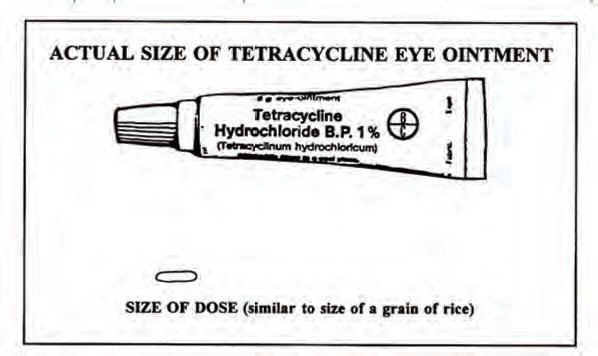Eye infections: conjunctivitis
Conjunctivitis is an inflammation of the conjunctiva of the eye. It is common for young children, especially if they come into contact with other children with conjunctivitis.
There are different types of conjunctivitis that infants and children can suffer from, some conjunctivitis having minor problems and others are potentially leading to loss of vision.
Acute conjunctivitis, or red eye, is usually a bacterial or viral infection of the eye characterised by a rapid onset of symptoms that persists for a few days.
Neonatal conjunctivitis, or ophthalmia neonatorum, is purulent conjunctivitis during the first ten days of life, usually acquired during birth. If the mother has not treated during pregnancy for gonorrhoea, this can cause conjunctivitis in the newborn by infection during the birth. Neonatal conjunctivitis can be caused by infection, irritation, or a blocked tear duct. When caused by an infection, neonatal conjunctivitis can be severe.
Purulent conjunctivitis is eye infection with pus discharge from the eyes; it is caused by bacteria. In newborns, if the mother has gonorrhoea it can cause severe conjunctivitis with profuse purulent discharge.
Signs and symptoms of conjunctivitis in newborns
- Newborns with conjunctivitis develop drainage from the eyes within one day to 2 weeks after birth. Their eyelids become puffy, red, and tender. The discharge may be watery or thick and pus-like.
Prevention of neonatal conjunctivitis
- To prevent neonatal conjunctivitis, all health facilities are expected to provide prophylaxis Tetracycline or another eye ointment in a newborn's eyes during delivery.
- Prevention through proper prenatal care and treatment of Chlamydia, Gonococcus, or herpetic infections during pregnancy remains the best preventative method.
Treatment of neonatal conjunctivitis
- A newborn with neonatal conjunctivitis should be referred immediately to the health centre because this is a serious problem that may lead to loss of vision. It needs treatment With injectable antibiotics.
Acute conjunctivitis
- There are some ways to treat acute conjunctivitis. You should show the mother how she can treat her child at home; the following steps are outlined.
Treatment of eye infection with tetracycline eye ointment (Figure 9.3)
Treat until redness is gone do not use other eye ointment or drops, or put anything else in the eye.

Follow-up care
- You should advise the mother to return to the health post two days after the initial assessment.
- After two days, look for red eyes and pus draining from the eyes.
- If pus is still draining from the eye, ask the mother to describe how she has treated the eye infection.
- If treatment has been correct and the infection is not treated, refer the child to the hospital. If treatment has not been right, teach the mother the right application of TTC eye ointment.
- If the pus is gone but redness remains, tell the mother to continue with the treatment. After finishing the treatment, if there is no change she should return for further evaluation.
- After completed the treatment and the child is treated (redness of the eye or pus discharge stops) stop the treatment.